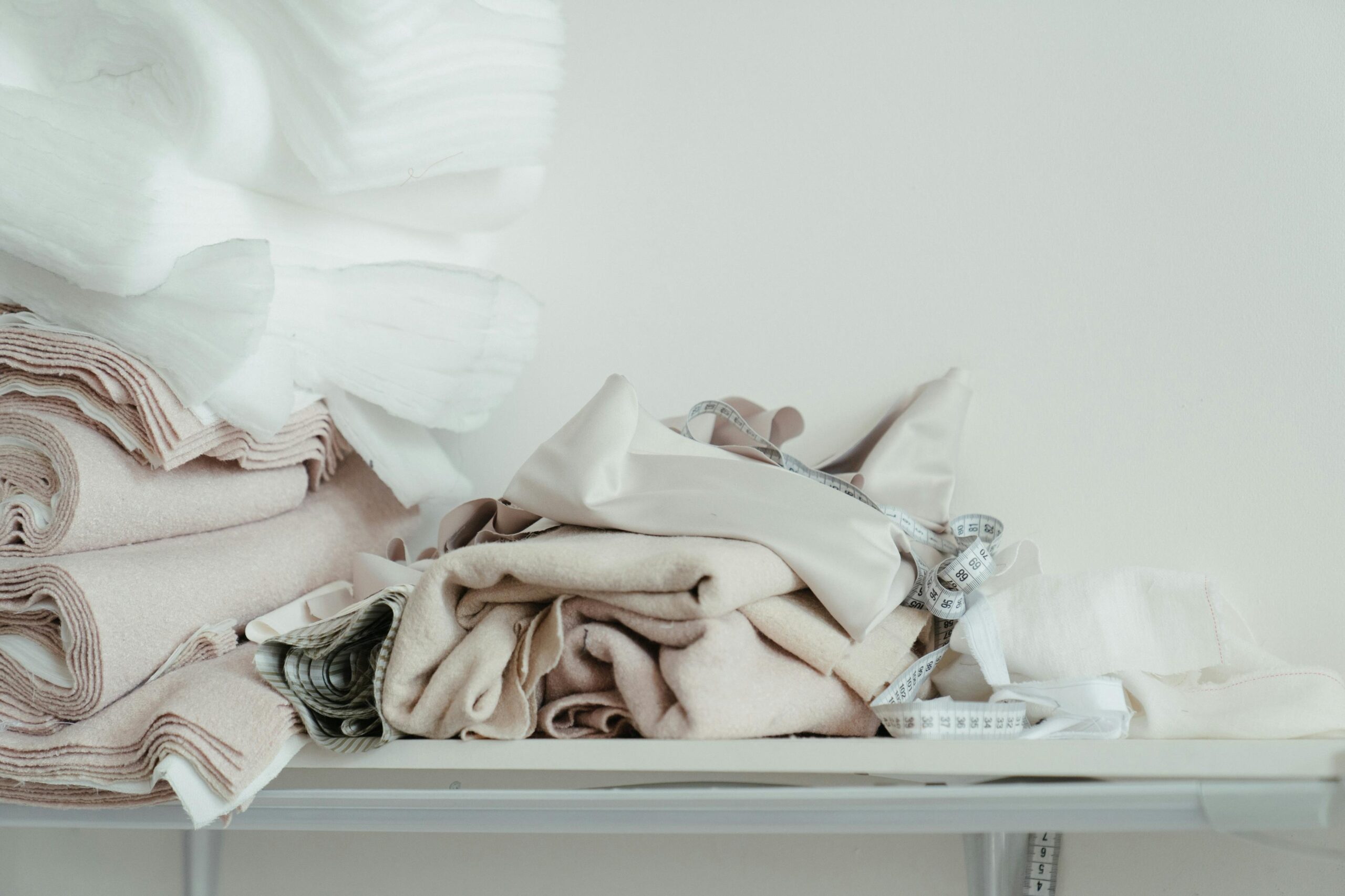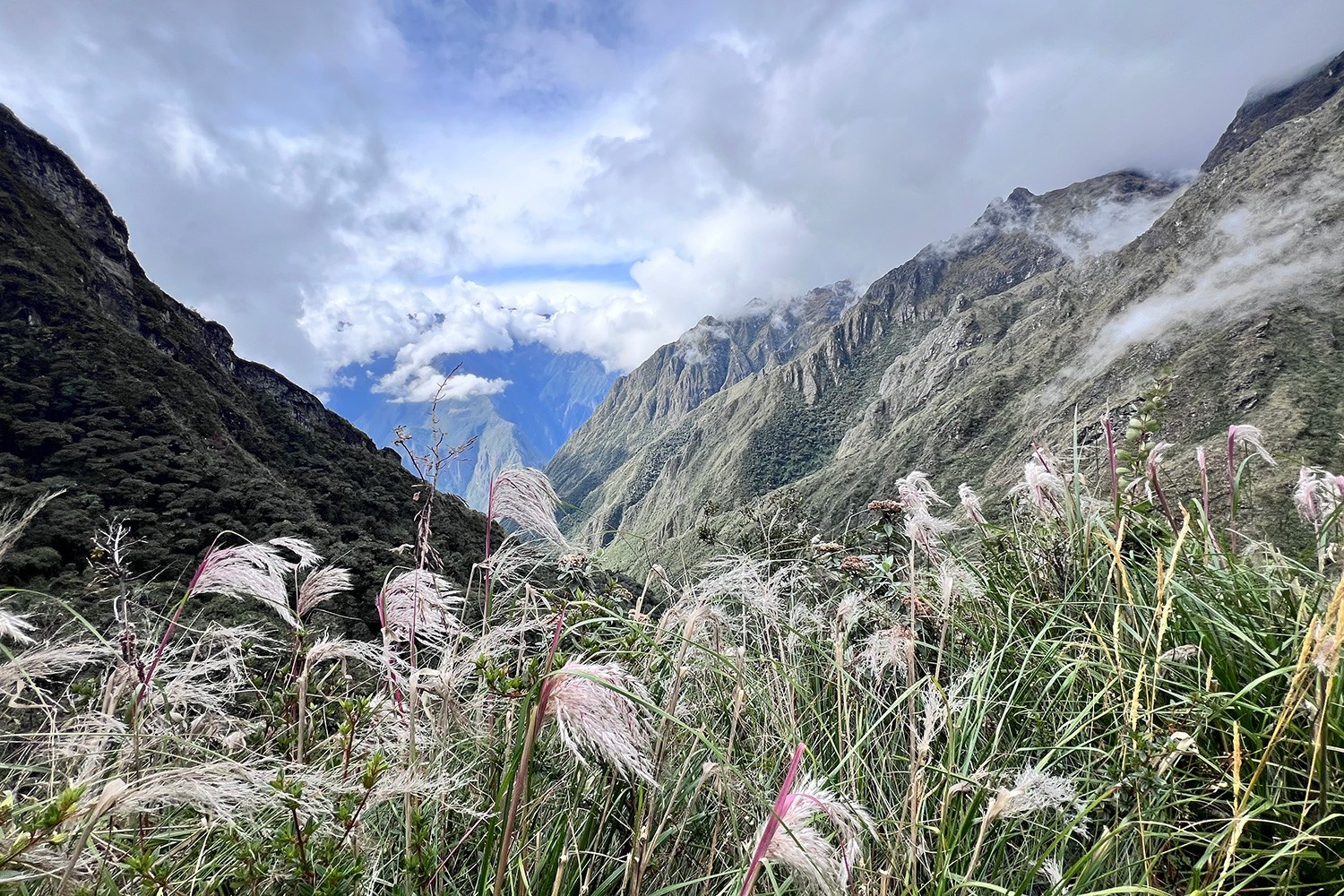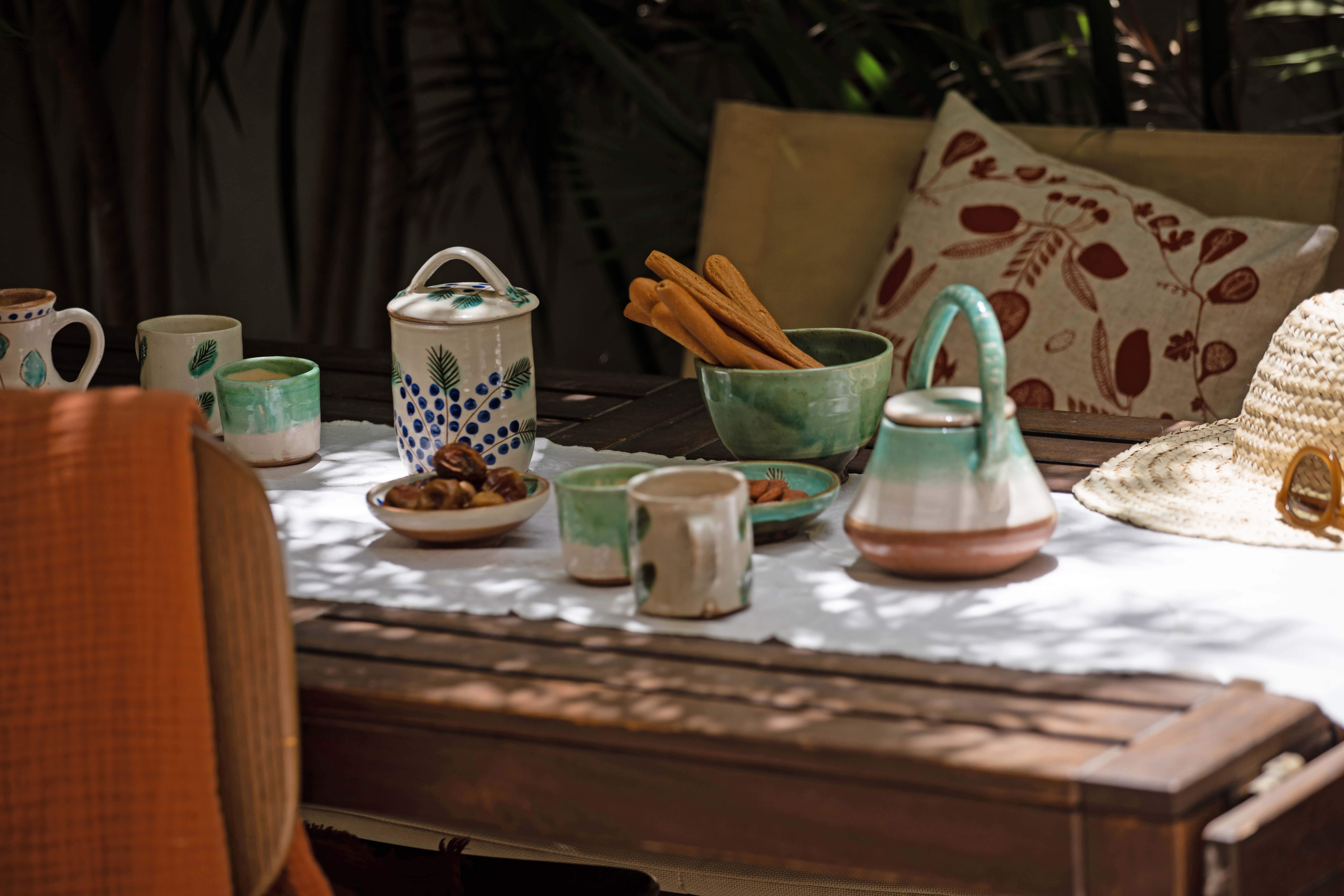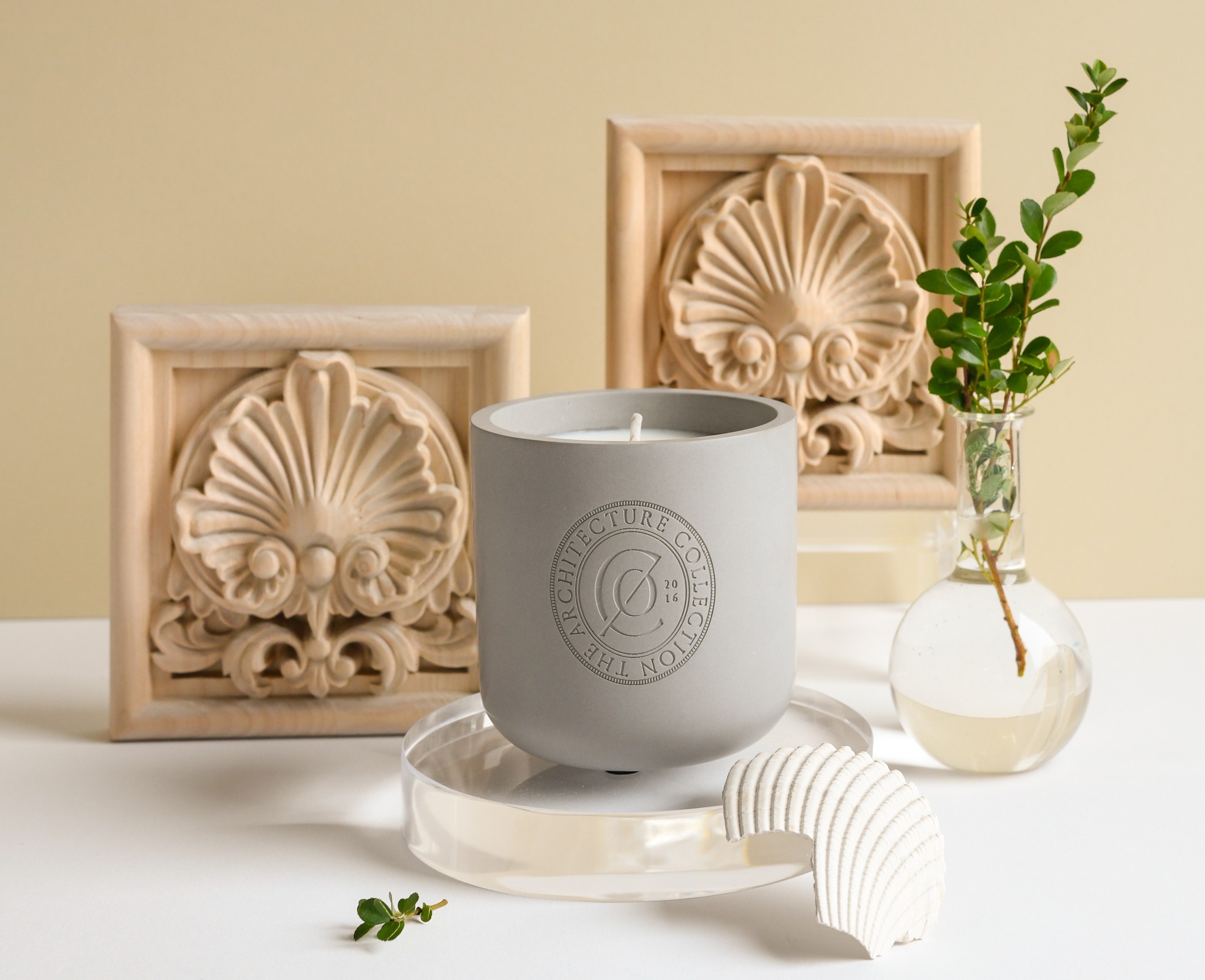“The bedding industry’s move towards sustainable and organic materials reflects a growing consumer desire for environmentally friendly and health-conscious products.”
In the quest for sustainability and comfort, the bedding industry has seen a significant shift toward the use of organic, recycled, and eco-friendly materials. Consumers are increasingly aware of the environmental impact of their purchases, leading to a demand for products that are not only high-quality but also more thoughtfully produced. While there are more materials to choose from than ever, many marketed as better for the environment, your health or your home, they all come with benefits and drawbacks in production processes from labor, water, to energy intensity.
Here’s a rundown on the most popular bedding materials on the market.
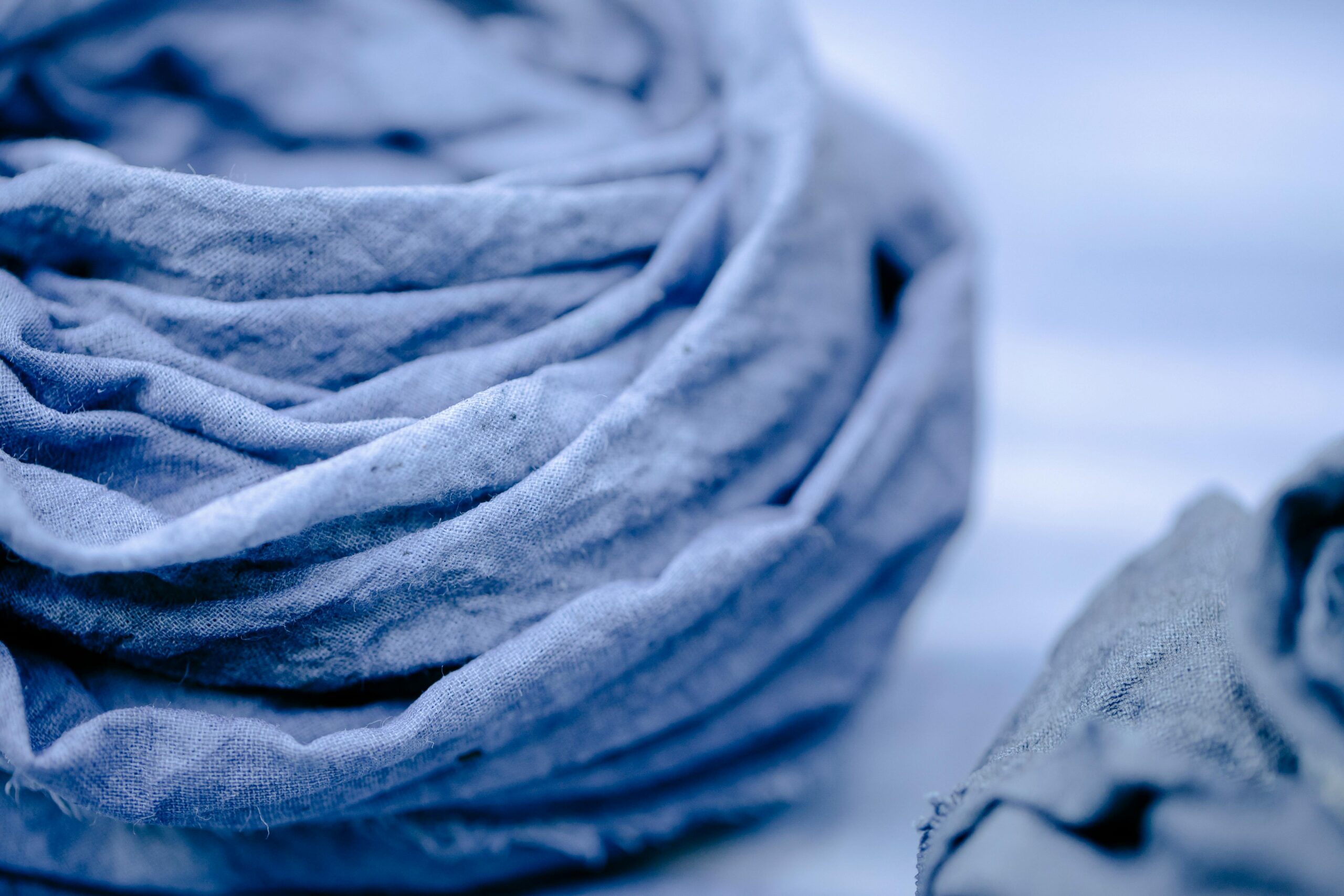
Courtesy of Pexels.
Organic Cotton
Cotton is a natural fiber obtained from the seed bolls of the cotton plant. The process of making cotton fabric involves harvesting the cotton, ginning to separate the fibers from seeds, spinning the fibers into yarn, and weaving or knitting the yarn into fabric. Organic cotton is grown without synthetic pesticides, herbicides, or genetically modified organisms (GMOs). It is more sustainable because it promotes healthier soil through crop rotation, uses less water due to improved soil health, and reduces environmental and human health risks associated with chemical usage.
Pros
– Chemical-free: No harmful chemicals are used, making it safer for the environment and workers.
– Soft and breathable: Organic cotton is known for its softness and breathability, providing a comfortable sleeping experience.
– Supports biodiversity: Organic farming practices help maintain soil health and support local ecosystems.
Cons
– High water usage: Despite being more efficient than conventional methods, organic cotton still demands large amounts of water.
– Labor-intensive: Organic cotton farming is labor-intensive, often requiring more manual labor for weeding and pest control.
– Higher cost: The increased labor and lower yield per acre can lead to higher prices for consumers.
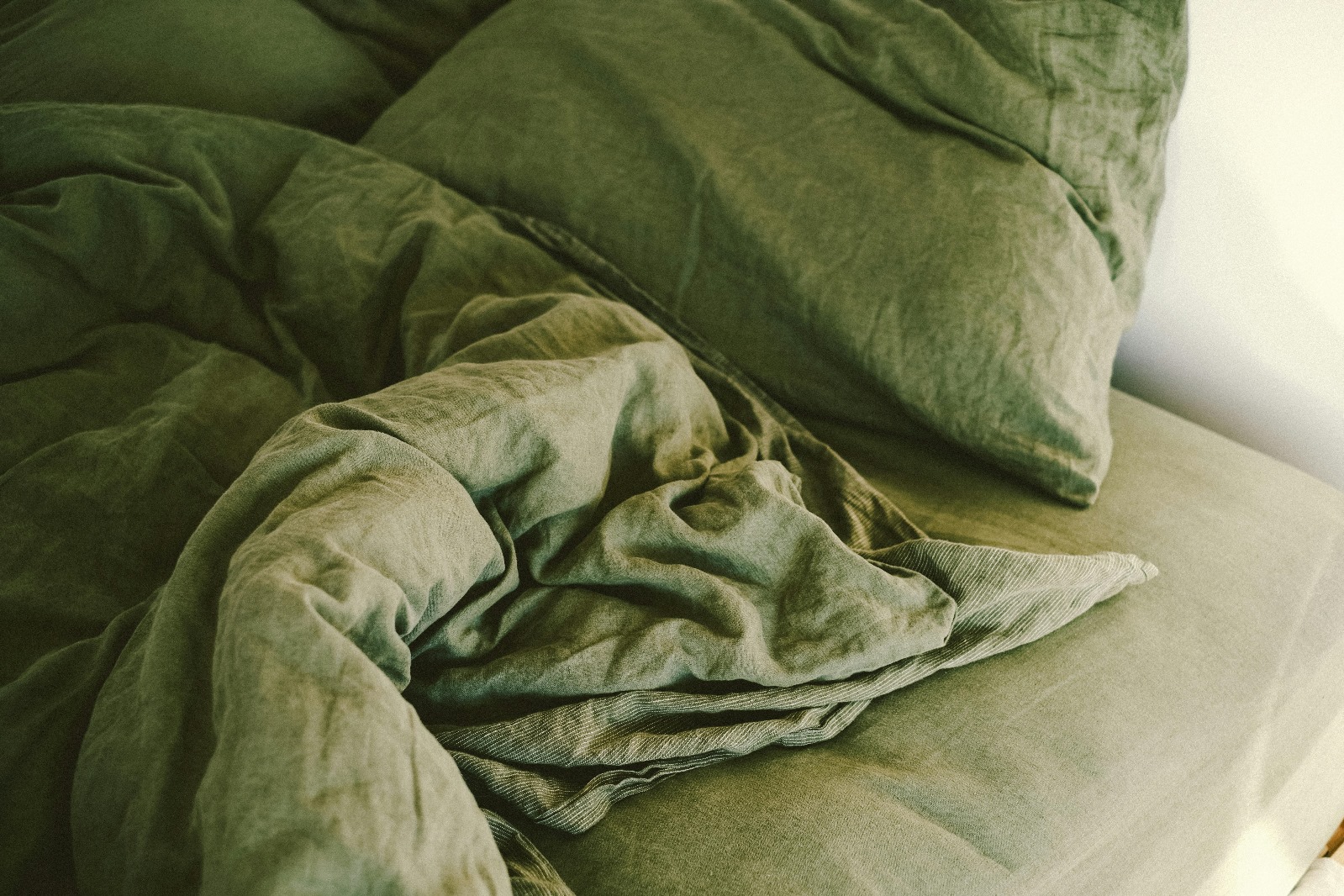
Courtesy of Pexels.
Linen
Linen is a natural fiber made from the flax plant. The production process involves several steps: harvesting the flax, retting (a microbial process that separates the fibers from the stalk), scutching (removing the woody parts), and hackling (combing the fibers). The resulting long fibers are spun into yarn, which is then woven into fabric. Linen is used in bedding materials like sheets and pillowcases due to its strength, breathability, moisture-wicking properties, and long lifespan.
Pros
– Durable: Linen is incredibly strong and can last for many years, even with frequent washing.
– Breathable and cool: Linen has excellent temperature-regulating properties, making it ideal for hot climates.
– Low water usage: Flax plants require minimal irrigation.
Cons
– Wrinkles easily: Linen tends to wrinkle, which can be a drawback for those seeking a more polished look.
– Rough texture: Initially, linen can be rough to the touch, though it softens over time with use and washing.
– Higher labor costs: Harvesting flax and processing linen can be labor-intensive.
Bamboo
Bamboo is a fast-growing grass that doesn’t require heavy pesticide or fertilizer use. To make bamboo fabric, the bamboo stalks are harvested and broken down into a pulp. This pulp is then treated with enzymes to extract the cellulose, which is spun into fibers and woven into fabric that’s used in bedding materials such as sheets and pillowcases due to softness and breathability. However, the production of bamboo fabric often requires harsh chemicals. Sodium hydroxide (caustic soda) dissolves bamboo pulp but can lead to pollution if not properly managed. Carbon disulfide regenerates cellulose fibers from the bamboo pulp but is toxic to workers and can contribute to air and water pollution if not managed appropriately. Sulfuric acid is used in the final stages of production to solidify the viscose solution into fibers, though it can harm waterways if not contained. Look for bamboo made using the lyocell process such as the brand name Tencel, which avoids harmful chemicals throug a closed-loop system that recycles solvents,
Pros
– Soft and silky: Bamboo fabric is incredibly soft and has a luxurious feel.
– Hypoallergenic: Bamboo is naturally hypoallergenic and resistant to dust mites.
– Rapid growth: Bamboo grows quickly, making it a highly renewable resource.
Cons
– Chemical processing: The production of bamboo fabric often involves chemicals that can be harmful to the environment.
– High energy use: The chemical processing to create bamboo viscose is energy-intensive.
– Durability: Bamboo fabrics can be less durable than other materials, potentially wearing out faster.
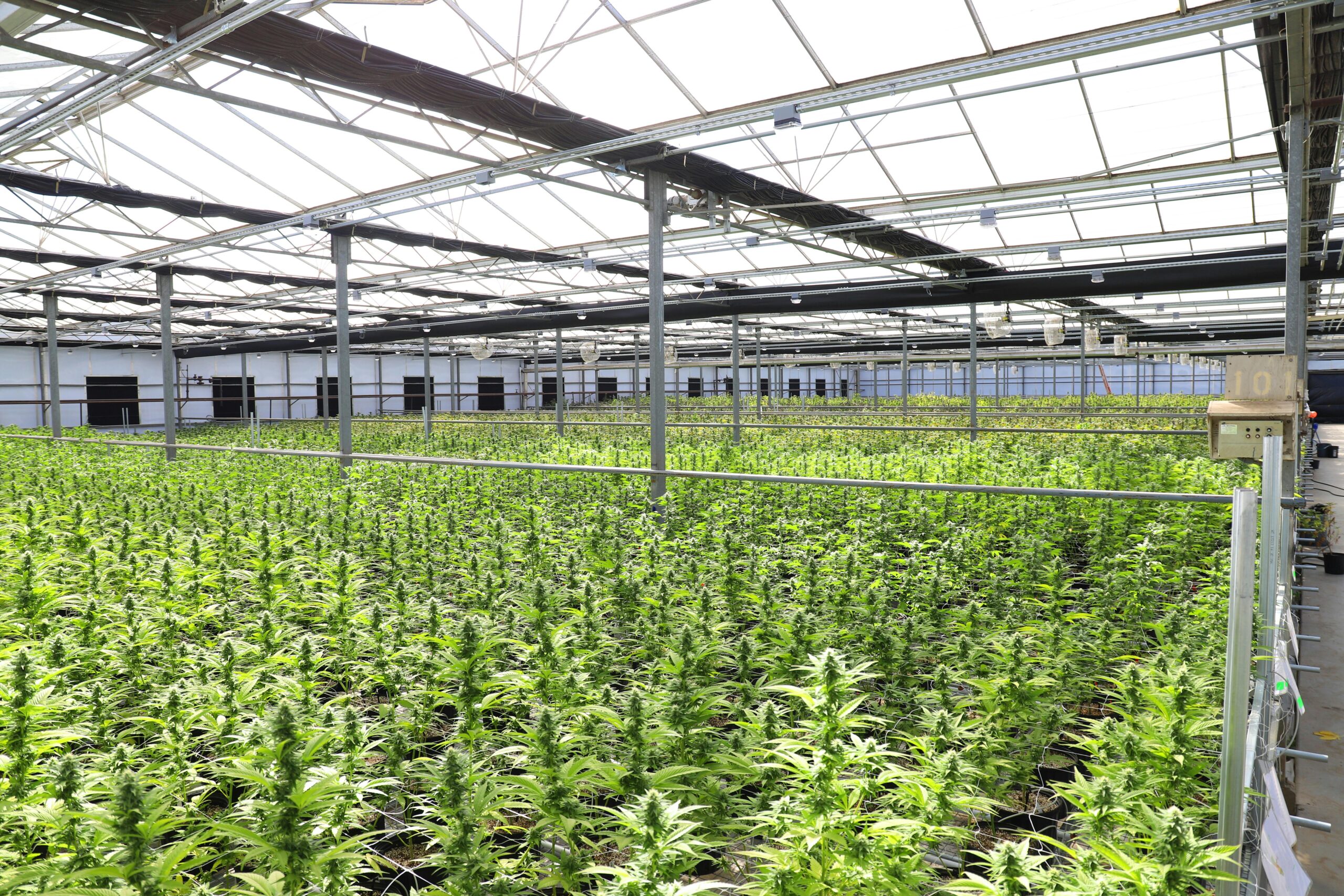
Hemp is increasingly important in sustainable bedding production. Courtesy of Pexels.
Hemp
Hemp is a versatile plant grown for its fibers, seeds, and oil. The process of making hemp fabric involves harvesting the stalks, retting (a process to separate the fibers), and then breaking and combing the fibers. The fibers are spun into yarn, which is then woven or knitted into fabric for various applications, including bedding materials like sheets and pillowcases. Hemp is considered highly sustainable because it grows quickly, requires minimal pesticides, and enriches the soil. It also uses less water compared to cotton.
Pros
– Highly durable: Hemp fibers are strong and long-lasting.
– Naturally antimicrobial: Hemp has natural resistance to mold and bacteria.
– Low water and energy use: Hemp is efficient in both water and energy consumption.
Cons
– Rough texture: Hemp can be coarse and may not be as soft as other materials initially.
– Limited availability: Hemp bedding is less common, making it harder to find and potentially more expensive.
– Labor-intensive processing: Retting and processing hemp fibers can be labor-intensive.
Lyocell (Eucalyptus)
Lyocell is a type of rayon made from cellulose derived from wood pulp, primarily from eucalyptus, beech, and spruce trees. The production process involves dissolving the wood pulp in a solvent called N-Methylmorpholine N-oxide, which creates a thick solution. This solution is then extruded through spinnerets to form fibers, which are washed and spun into yarn. Lyocell is known for being eco-friendly due to its closed-loop process, which recycles 99% of the solvent. Tencel is a brand name for lyocell, produced by the Austrian company Lenzing AG, which ensures sustainable practices and high quality, but essentially, both terms refer to the same fiber.
Pros
– Soft and smooth: Lyocell has a silky texture that is gentle on the skin.
– Moisture-wicking: It is excellent at wicking moisture, keeping sleepers cool and dry.
– Sustainable production: The closed-loop process minimizes environmental impact.
Cons
– Cost: Lyocell can be more expensive due to the sustainable production process.
– Potential for shrinkage: Lyocell can shrink if not cared for properly.
– Energy usage: Although moderate, the production process still requires energy inputs.
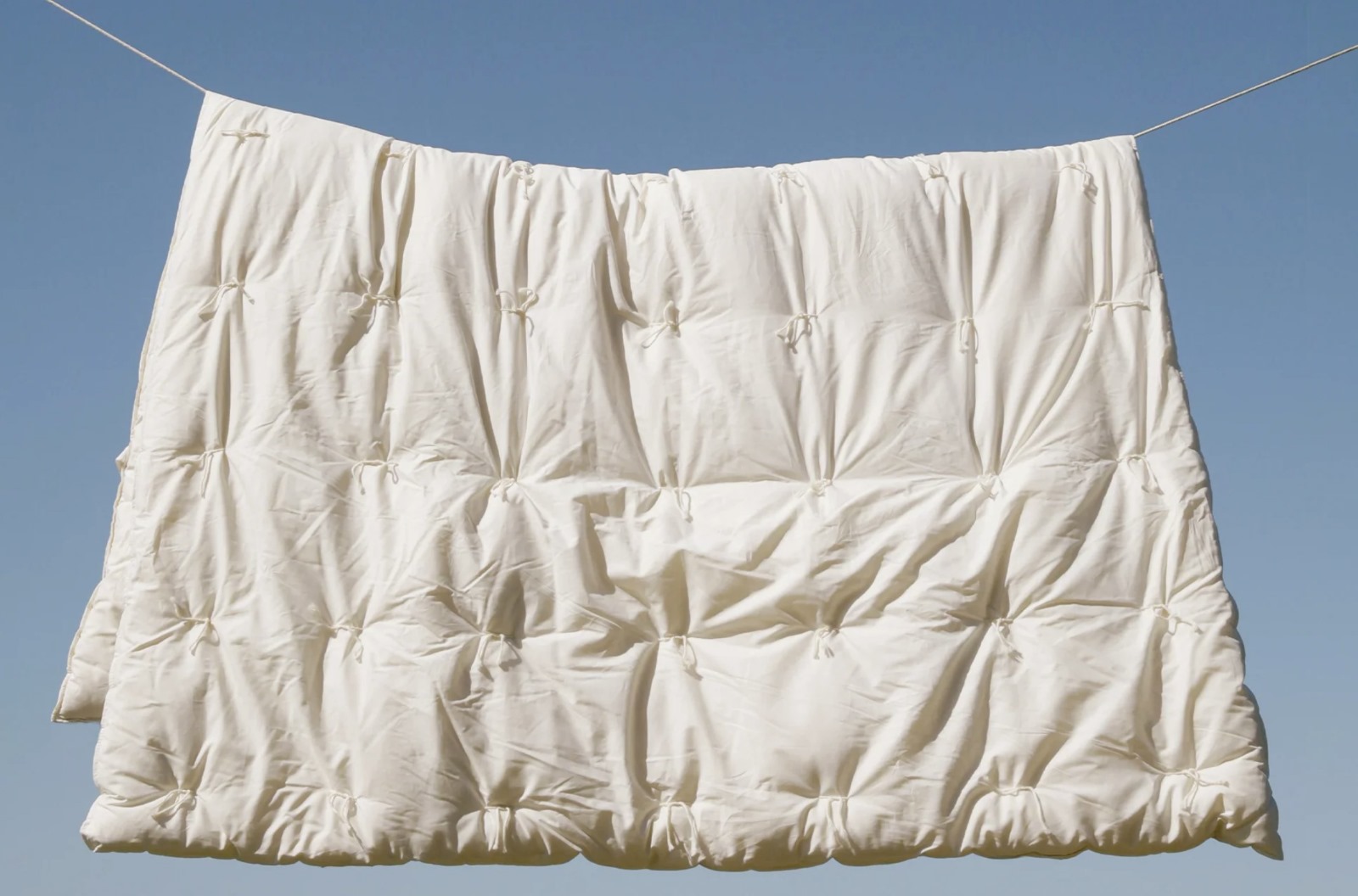
Regenerative wool comforter from Coyuchi. Courtesy of Coyuchi.
Wool (Regenerative)
Wool fabric is made from the fleece of sheep, which is sheared, cleaned, and spun into yarn. The yarn is then woven or knitted into fabric. Wool is known for its warmth, durability, and natural elasticity. Regenerative wool comes from farms practicing regenerative agriculture, which focuses on improving soil health, increasing biodiversity, and enhancing ecosystem resilience. In bedding, regenerative wool is valued for its sustainable production methods and natural benefits, such as breathability, moisture-wicking, and temperature regulation.
Pros
– Temperature-regulating: Wool is naturally insulating and breathable, suitable for all seasons.
– Sustainable: Regenerative farming practices enhance the environment rather than deplete it.
– Biodegradable: Wool is a natural fiber that decomposes, reducing landfill waste.
Cons
– Price: High-quality wool bedding can be quite expensive.
– Care: Wool requires special care, such as hand washing or dry cleaning.
– Labor-intensive: Sheep farming and wool processing can be labor-intensive.
Jersey
Jersey fabric is typically made from cotton or a blend of cotton and synthetic fibers like polyester. It is produced using a knitting technique that creates a smooth, stretchy, and soft material, often used for t-shirts, sheets, and underwear. The production involves looping yarns together, which provides the fabric with its characteristic elasticity and comfort. Sustainable versions of jersey fabric include those made from organic cotton, recycled polyester, or Tencel. Organic cotton jersey is considered sustainable because it is grown without harmful pesticides or synthetic fertilizers; recycled polyester jersey reduces waste and the need for virgin materials; and Tencel jersey, made from sustainably sourced wood pulp, is eco-friendly due to its closed-loop production process.
Pros
– Stretchy and soft: Jersey is known for its stretch and comfort.
– Affordable: It is generally more affordable than other organic options.
– Easy care: Jersey fabrics are usually machine washable.
Cons
– Less durable: Jersey can wear out faster than woven fabrics.
– Potential for pilling: Over time, jersey can develop small fabric pills.
– High water and energy use: Organic cotton production impacts apply here as well.
Flannel
Flannel fabric is typically made from cotton, wool, or synthetic fibers. It is created by weaving these fibers into a soft, loosely spun yarn, which is then brushed to raise the nap and create a fuzzy surface. This brushing process gives flannel its distinctive softness and insulating properties, making it popular for shirts, pajamas, and bedding. Sustainable versions of flannel include those made from organic cotton or recycled fibers.
Pros
– Warm and cozy: Flannel is excellent for cold climates due to its insulating properties.
– Soft texture: It is known for its softness and comfort.
– Long-lasting: High-quality flannel can last many years with proper care.
Cons
– Heavy: Flannel can be quite heavy, which may not be ideal for all seasons.
– Shrinkage: Flannel can shrink if not washed properly.
– High water and energy use: Organic cotton production impacts apply here as well.
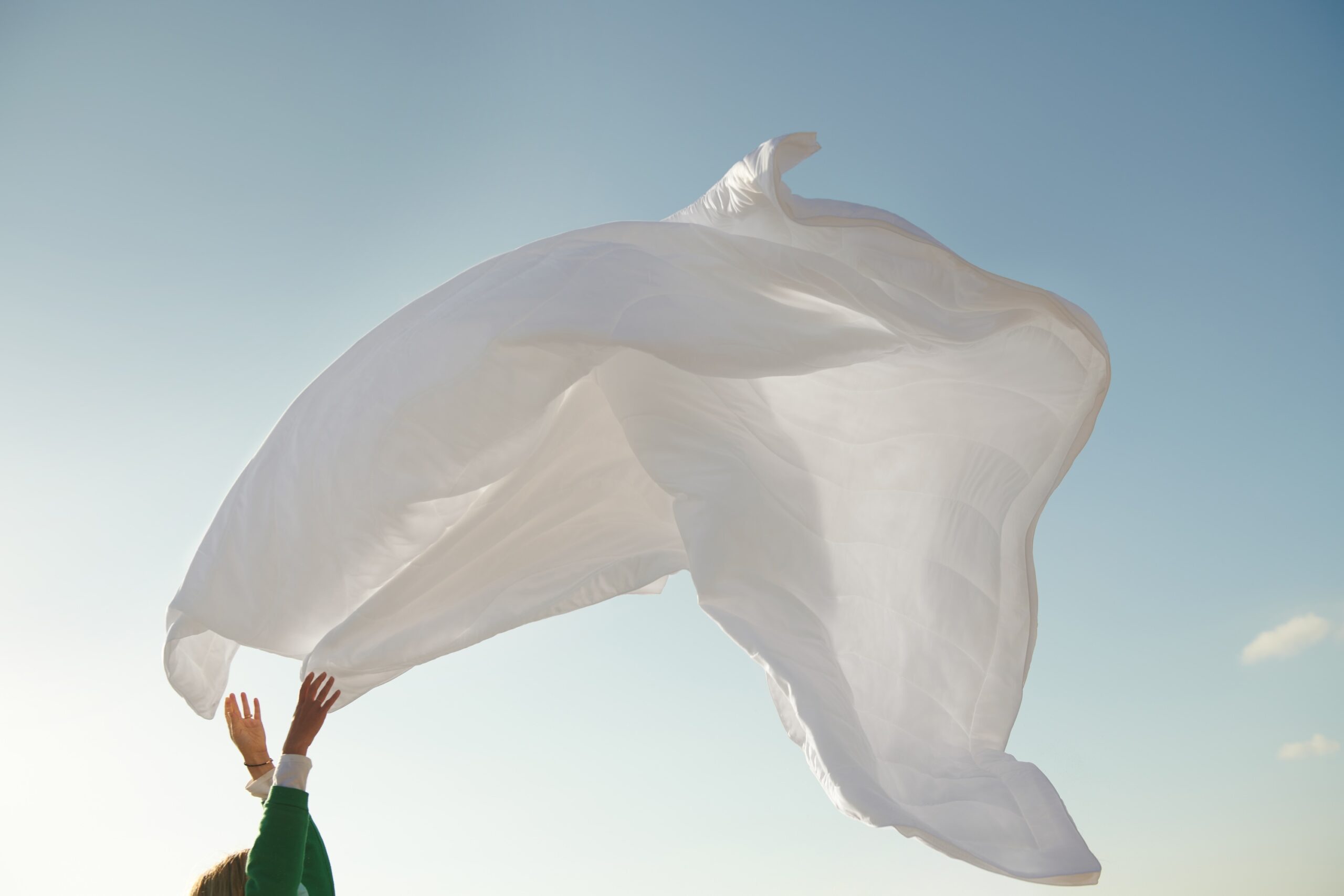
Custom Caption For This Image
Recycled Plastic or PET Fill
Recycled plastic fill, often referred to as recycled PET (Polyethylene Terephthalate), is made from post-consumer plastic bottles and containers. The process involves collecting, cleaning, and shredding these plastics into small flakes, which are then melted and extruded into fibers. These fibers are used as filling material in bedding products such as pillows, comforters, and mattress toppers.
Pros
– Eco-friendly: Uses recycled materials, reducing plastic waste.
– Hypoallergenic: PET fill is resistant to allergens and dust mites.
– Affordable: Recycled PET fill is generally cost-effective.
Cons
– Less breathable: PET fill is not as breathable as natural fibers.
– Longevity: It may not last as long as natural materials, potentially compressing over time.
– Energy-intensive recycling: The process to convert plastic bottles into PET fill requires significant energy.
The bedding industry’s move towards sustainable and organic materials reflects a growing consumer desire for environmentally friendly and health-conscious products. Each material—organic cotton, linen, bamboo, hemp, lyocell, wool, jersey, flannel, and recycled PET fill—offers unique benefits and drawbacks in terms of production, comfort, and longevity. By understanding these characteristics, including labor, water, and energy intensity, consumers can make informed choices that align with their values and needs, contributing to a more sustainable future.
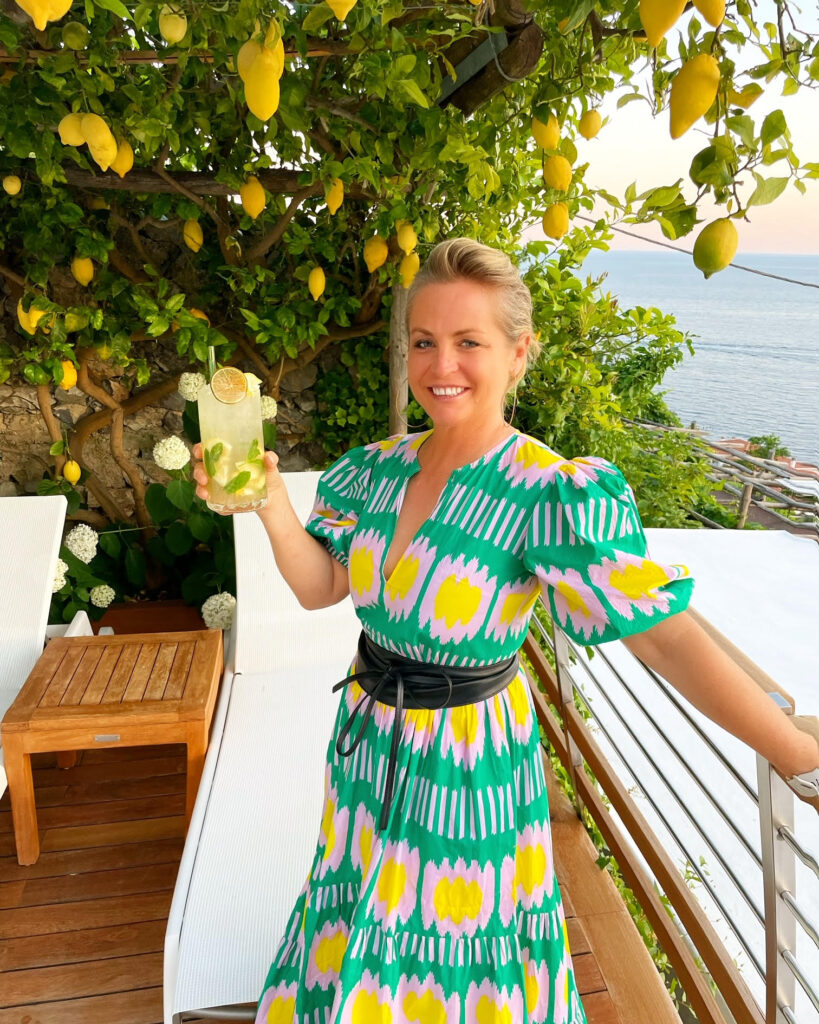
Founder and CEO of Azure Road, Lauren Mowery is a longtime wine, food, and travel writer. Mowery continues to serve on Decanter Magazine’s 12-strong US editorial team. Prior to joining Decanter, she spent five years as the travel editor at Wine Enthusiast. Mowery has earned accolades for her writing and photography, having contributed travel, drinks, food, and sustainability content to publications like Food & Wine, Forbes, Afar, The Independent, Saveur, Hemispheres, U.S. News & World Report, SCUBA Diving, Plate, Chef & Restaurant, Hotels Above Par, AAA, Fodors.com, Lonely Planet, USA Today, Men’s Journal, and Time Out, among others.
Pursuing her Master of Wine certification, she has also been a regular wine and spirits writer for Tasting Panel, Somm Journal, VinePair, Punch, and SevenFifty Daily. Mowery is a graduate of the University of Virginia and Fordham Law School, and she completed two wine harvests in South Africa.
Follow her on Instagram @AzureRoad and TikTok @AzureRoad


